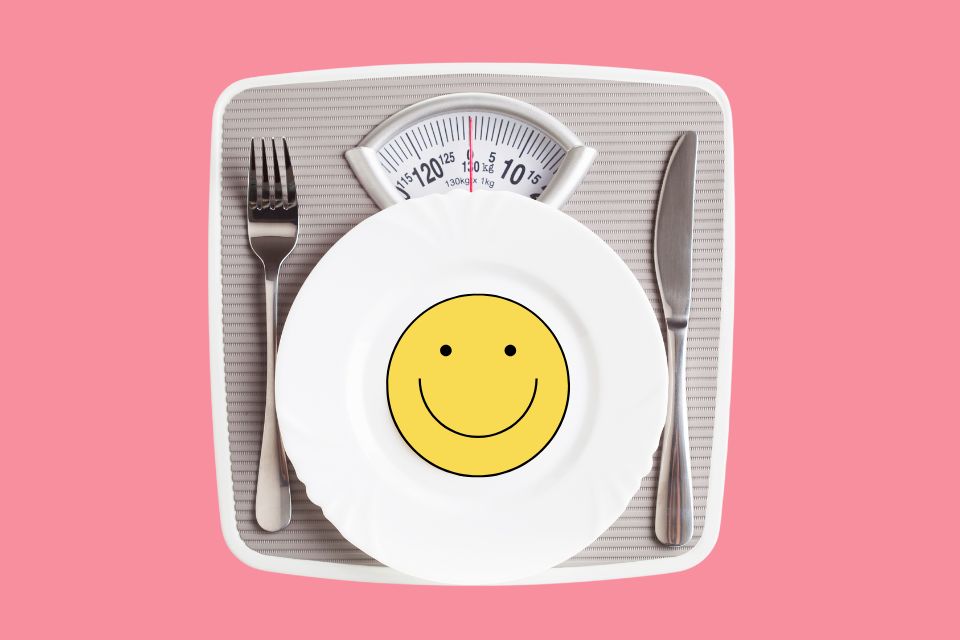How to Lose 30 Pounds in 3 Months
Whether it’s for health reasons, an upcoming marriage, the summer holiday, or for your self-esteem, you are not alone in searching for a weight loss plan to help you accomplish your goal weight.
To lose 30 pounds in 3 months safely, follow our simple guide and achieve long-term weight loss success.
Can I Lose 30 Pounds in 3 Months?
Yes, it is possible to lose 30 pounds when you commit to around 12 weeks of slow and steady dieting and exercising.
In fact, you’ve already made the first step in the right direction by setting a concrete weight loss goal.
Whether you have tried to lose weight before or are entirely new to diet or exercise plans, having an achievable goal is essential.
While 30 pounds might look daunting, spreading your weight loss goal across three months equates to around 2.5 pounds each week. This seems like a more achievable target and gives you the positivity you need to succeed.
Setting a 3-month timeframe additionally avoids the mistake many people make of ‘crash dieting,’ which involves severely restricting food intake for a short period for quick results. [1]
Although such a diet leads to initial weight loss, severely restricting food intake is not sustainable. Many crash dieters quickly return to their usual eating patterns, and any weight lost is quickly regained.
Following is the exact method you can use to improve your success in losing weight and keeping it off long term.
The Best Way to Lose 30 Pounds in 3 Months
Step 1: Make a Diet Plan
We all know that eating healthily is essential. However, if you’ve become trapped in a spiral of unhealthy choices, it can be hard to know where to begin when buying food and preparing meals.
Making healthy swaps for the whole family to enjoy can make it easier to lose 30 pounds in 90 days. The following changes boost weight loss and its maintenance long term: [2]
- Increase Your Fruit and Vegetable Intake: Although this healthy change might sound obvious, choosing an apple over a sweet treat can be difficult when you crave a sugar boost. If snacking is your downfall, make exotic fruit kebabs or dip carrot or cucumber sticks into a low-fat soft cheese for a healthier choice. Experiment with new vegetables in your favorite meals; a chili could include peppers, zucchini, and mushrooms for a great health kick.
- Choose Low-Fat Dairy Products: Increasing dairy, such as low-fat soft or hard cheese, has been shown to increase weight loss in those who have already started their dieting journey. When making or ordering a coffee, swap your usual whole milk for skimmed milk to reduce both calories and fat content.
- Substitute Protein for Carbohydrates: When broken down to sugar, carbohydrates such as rice, pasta, and bread slowly release energy to the body’s cells. Swapping carbs for protein, such as lean meat or fish, reduces the sugar load your body receives, thereby helping with weight loss.
Step 2: Set up an Exercise Routine
In addition to making healthier food choices, adding physical activity to your lifestyle will help you achieve your weight loss goal.
In fact, around 20% of people are successful at long-term weight loss maintenance if they make dietary changes plus engage in high levels of physical activity. [3]
To shed those unwanted pounds within 90 days, perform some of the following activities:
- Swimming: this brilliant form of cardiovascular exercise uses almost all of your muscles, burning calories and improving your overall fitness. It is ideal if you have arthritis or joint pain, as it doesn’t include weights.
- Running: Even a jog around the park will make you feel good about yourself. Your muscles work hard, and your respiratory and heart rate will rise.
- Cycling: if running isn’t for you, you can still enjoy the great outdoors with a lower impact on your joints. Your legs work hard to increase fitness and decrease weight.
- Indoor Gym: A gym membership could be the encouragement you need to exercise regularly. Use the workout machines and knowledgeable staff who can help you create a personalized weight loss program.
Finding a physical activity that suits your body and lifestyle will make it easier to stick to your new exercise routine.
Step 3: Add a Supplement
Changing long-standing habits can be difficult, especially those linked to social stresses or feelings of self-worth.
Step 4: Keep the Weight off Long-Term
Once you’ve lost weight as part of your 3-month program, the last thing you want to do is put it all back on.
A study has shown that people achieve long-term success by adopting the following behaviors: [4]
- Eating a low-fat and low-calorie diet
- Physical activity
- Eating breakfast
- Maintaining consistent eating habits and catching ‘slips’ before significant weight gain occurs
- Monitoring weight loss progress
Summary
When you are looking for the best way to lose 30 pounds in 3 months, it can seem like a daunting task. As we’ve shown in our guide, making healthy dietary changes and finding a form of exercise that you enjoy can help you achieve your goal. Adding a weight loss supplement will give you the extra motivation to stick to a healthier diet and adequate physical activity.
References:
- Wiseman, L. (2020, February 14). Are crash diets ever a good idea for weight loss? Retrieved from https://www.netdoctor.co.uk/healthy-eating/a25288668/are-crash-diets-bad-for-you/
- Champagne CM;Broyles ST;Moran LD;Cash KC;Levy EJ;Lin PH;Batch BC;Lien LF;Funk KL;Dalcin A;Loria C;Myers VH; (n.d.). Dietary Intakes Associated With Successful Weight Loss and Maintenance During the Weight Loss Maintenance Trial. Retrieved from https://pubmed.ncbi.nlm.nih.gov/22117658/
- R, R., Phelan, & Suzanne. (2005, July 1). Long-term weight loss maintenance. Retrieved from https://academic.oup.com/ajcn/article/82/1/222S/4863393
- Swift, D. L., Johannsen, N. M., Lavie, C. J., Earnest, C. P., & Church, T. S. (2014). The role of exercise and physical activity in weight loss and maintenance. Retrieved from https://www.ncbi.nlm.nih.gov/pmc/articles/PMC3925973/







